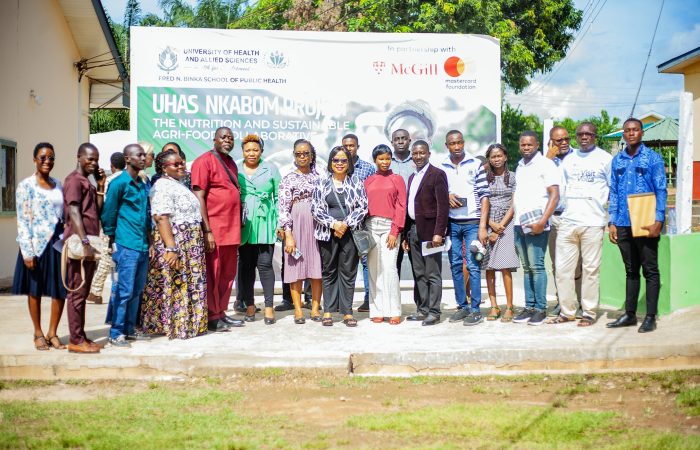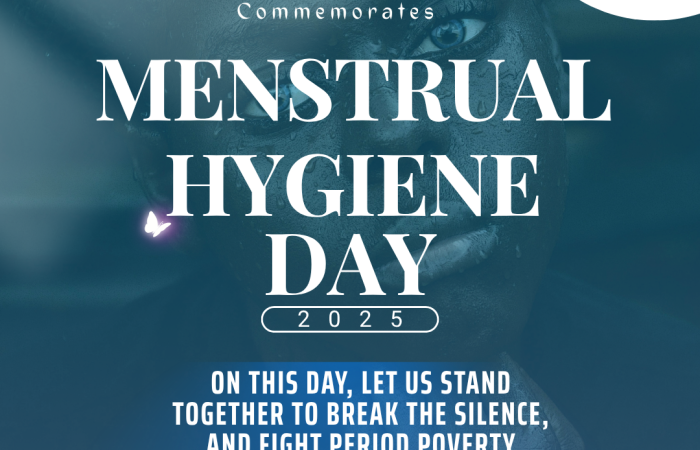Kenya’s Senate is considering a reproductive healthcare bill, which seeks to address reproductive health gaps. This is the second time the bill has come before the senate. It has, once again, drawn fire from religious groups, some politicians and civil society lobbies opposed to its proposals. Anthony Ajayi and Meggie Mwoka unpack the bill and the lessons from previous failed attempts.
What is the substance of the bill?
Kenyan women and girls face an array of reproductive health risks that can be addressed by comprehensive reproductive health care services. These include sexually transmitted infections, HIV, unsafe abortion and unplanned pregnancies.
Each year, 6,300 women die during pregnancy or childbirth in Kenya. Unsafe abortion contributes close to 17% of maternal deaths in Kenya.
The bill provides a framework governing access to family planning, safe motherhood, termination of pregnancy, reproductive health of adolescents and assisted reproduction.
It makes clear that every person has the right to access reproductive health services. It also stipulates that every health care provider is obliged to provide family planning information and services to women who need them.
There is also a provision in the bill directing the national and county government to provide free antenatal care, delivery care and postnatal care for women and girls in Kenya.
In addition, the bill sets conditions under which a woman can seek abortion services. These include when there is an emergency, when the pregnancy would endanger the life or health of the mother and where there is a risk that the foetus would suffer from a severe physical or mental abnormality. It is worth noting that the bill allows for conscientious objection on the part of health providers to perform an abortion as long as they refer the patients to a willing provider. This doesn’t apply in the case of an emergency.
The bill also has provisions ensuring access to adolescent-friendly reproductive health services, but requiring parental consent.
Lastly, the bill also covers the issue of assisted reproduction services to address infertility. The sector is currently unregulated. The proposed bill sets out rules for providers as well as the rights of donors, surrogate mothers and patients.
Reproductive health has been enacted into law in different ways across the continent. A number of countries have similarly opted for a stand-alone law. They include Cameroon, Equatorial Guinea and Rwanda. But in many, various aspects of reproductive health are covered in a range of health-related bills, and sometimes in the constitutions of countries.
All countries in Africa have laws regulating the termination of pregnancy. Abortion is not permitted for any reason in seven out of 54. The rest permit abortion under certain circumstances ranging from; to save the woman’s life, to preserve health, on broad social or economic grounds, and/or on request with variations on gestational age.
What are the main controversies around the current bill?
There are three main points of contention.
The first is termination of pregnancy. Opponents include religious leaders and civil society lobby groups.
There are three lines of argument against it.
The first is the assertion that the constitution of Kenya forbids abortion. This is in fact incorrect. The proposed bill simply reaffirms the legal basis for access to safe abortion, which is already in the Kenya Constitution.
The second area of contention around termination is that those who oppose the bill crudely characterise it as extending the legalisation beyond what’s in the constitution.
And finally, opponents also erroneously allege that the bill mandates all medical providers to perform abortions irrespective of their religious beliefs or values. The bill in fact allows for conscientious objection.
The second controversial aspect of the bill is on sexuality education for adolescents. It provides for vocational training, mentorship programmes, spiritual and moral guidance, and counselling on abstinence, consequences of unsafe abortion, HIV and substance use. It also mandates the government to integrate age-appropriate information on reproductive health into the education syllabus.
From the look of it, this aspect of the bill has been watered down. For example, it’s more abstinence focused than the earlier version. This flies in the face of research findings that this approach denies adolescents critical information to reduce their risk of unintended pregnancies and sexually transmitted infections.
Third is the controversy over the treatment of infertility. Opponents of the bill are against legalisation of surrogacy and “test-tube” babies, with the argument that it’s an unnatural process.
Why have previous attempts to pass such a bill failed?
This is the second attempt in six years to guarantee reproductive rights in law. The first bill was introduced in 2014.
The failure was due to a variety of reasons. These included a lack of public awareness and political will, and misinformation by well-organised and coordinated opposition groups.
Most Kenyans were unaware of the scientific basis for the bill. They were also unaware of the magnitude and cost of unsafe abortion and maternal deaths. Also the case was not persuasively made that access to quality and comprehensive sexual and reproductive health information and services is in everybody’s best interests.
This enabled local and foreign opponents to put out arguments not based on evidence. An example of misleading narratives is the claim that comprehensive sexuality education promotes high-risk sexual behaviour. This is contrary to scientific evidence which shows it delays initiation of sexual intercourse and reduces risk-taking, thus decreasing the number of unintended pregnancies and sexually transmitted infections.
Public apathy coupled with misinformation undermined the political will to push the bill through. While there were some politicians willing to champion the cause of women and girls, the vast majority were quick to withdraw their support in the face of the orchestrated public outcry.
Who suffers if the bill is shelved again or is watered down?
We know from evidence in demographic surveys and literature that socially, geographically and economically disadvantaged women and girls have worse reproductive health outcomes. They are least likely to access lifesaving reproductive health services and more likely to have early, unintended pregnancies, unsafe abortions, and die as a result of pregnancy.
Additionally, adolescents continue to suffer disproportionately from poor sexual reproductive health outcomes, as indicated by the high rates of teenage pregnancies and HIV infection.
HIV and pregnancy are the leading causes of deaths among adolescents and young women aged 15-24 years in Kenya. Over half of the 46,000 new HIV infections in 2018 occurred among adolescents and young people. Over 378,397 teenage pregnancies were recorded between July 2016 and June 2017 and 28,932 of these pregnancies occurred among girls aged 10-14.
The perception of adolescents as lacking political power often makes politicians reluctant to act in spite of the obvious need for intervention.
What to do?
Rather than shelving the bill, as recommended by the opposition, the senate must work with reproductive health experts to strengthen the bill in alignment with existing national laws and policies such as the National Adolescent Sexual and Reproductive Health Policy, 2015.
Learning from the previous attempt, it’s imperative to improve public engagement and to communicate scientific evidence in a way that people can easily understand.
Credit: The Conversation Africa



Can you be more specific about the content of your article? After reading it, I still have some doubts. Hope you can help me.